Ever felt totally stuck — like no matter what you try, nothing changes?
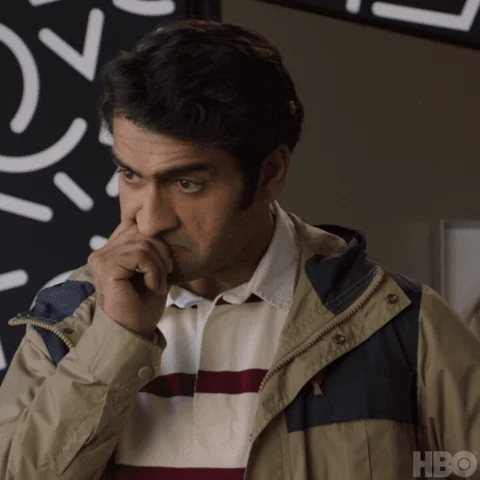
That feeling might actually have a name: learned helplessness.
Let’s break down what it is and how it can affect the way you think, feel, and act.
What is learned helpless?
The theory of learned helplessness was conceptualized and developed by American psychologist Martin E.P. Seligman at the University of Pennsylvania in the late 1960s and '70s.
During Seligman's experiments, dogs were put in a situation where they couldn’t escape an uncomfortable situation. After a while, they stopped trying — even when there was a way out.
Seligman called this "learned helplessness". It happens when someone has been stuck or failed so many times, they start to believe there’s no point in trying — even when things could actually get better.
It helps explain why people sometimes give up or feel powerless, even when they do have choices.
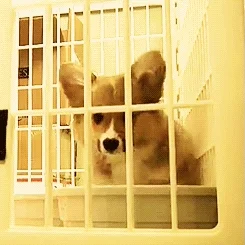
Why does learned helplessness makes us stop trying?
The experiment revealed something important — and troubling.
When people go through repeated failures and feel like nothing they do matters, they can start to shut down. This can lead to sadness, low motivation, trouble learning, and constant anxiety.
In other words, people may fail simply because they believe there are no other options available to them.

What does learned helplessness look like?

Meet Emily. She has always enjoyed writing, but last year, when she wrote a trial article to apply for her school newspaper, she didn’t get picked. Soon after, she received a poor grade for one of her English essays.
Since then, she’s been quiet about her passion for writing and avoids mentioning it. Even when there’s a chance to join the newspaper again or enter a writing contest, she hesitates or finds reasons not to participate.
It’s not that she doesn’t want to — she just doesn’t believe things will turn out differently this time.
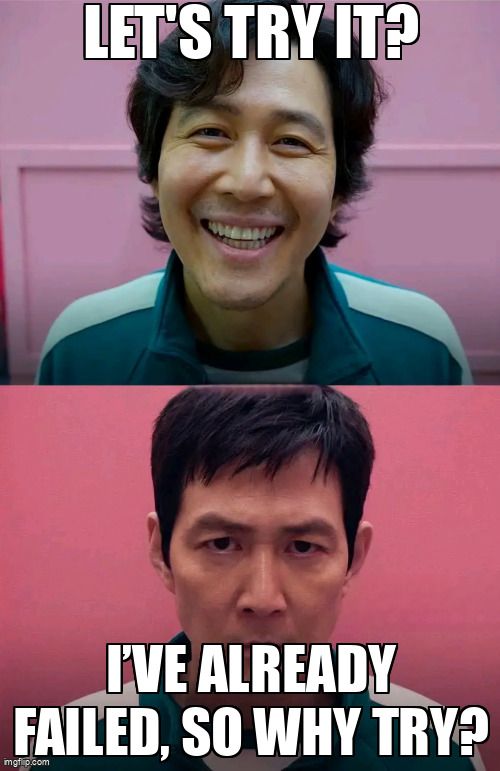
Quiz
After losing a few times in an online gaming tournament, Sam stops joining matches. When friends invite him and try to hype him up, he refuses, thinking, "What's the point? I'll lose anyway." What might Sam be feeling? Select all that apply:
How can you recognize the signs of learned helplessness?
Look out for these signs in yourself or others. When you recognize the patterns of learned helplessness, you can work to make changes.
Thoughts
Negative self-talk like “I can’t” or “What’s the point?”
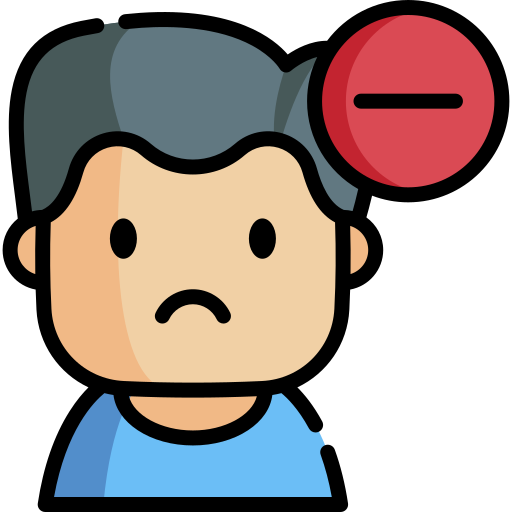 Example: You see a difficult task and say, “There’s no way I can do this,” without even starting.
Example: You see a difficult task and say, “There’s no way I can do this,” without even starting.
Thinking "It's my fault" — even when things are outside your control
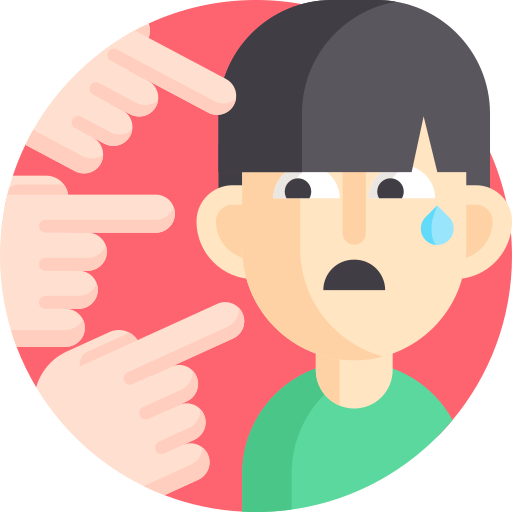 Example: A group project goes badly because another group member didn't contribute, but you think it’s all your fault.
Example: A group project goes badly because another group member didn't contribute, but you think it’s all your fault.
Emotions
Feeling stuck, even when options exist
 Example: You feel like you’ll never improve your grades, even though your teacher offers extra help and tutoring sessions.
Example: You feel like you’ll never improve your grades, even though your teacher offers extra help and tutoring sessions.
Anxiety, guilt, or shame
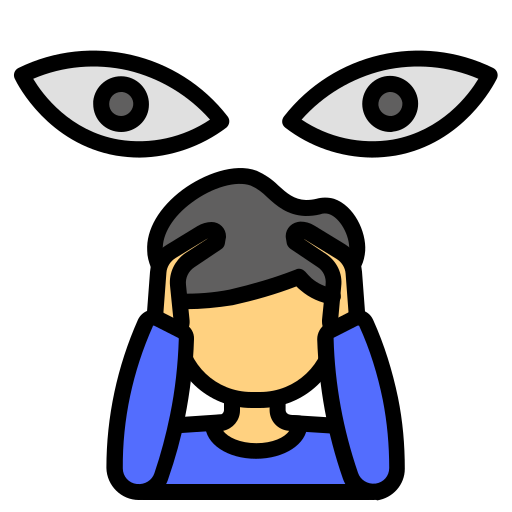 Example: Something goes wrong in a group task, and even if it wasn’t your fault, you feel embarrassed or even ashamed.
Example: Something goes wrong in a group task, and even if it wasn’t your fault, you feel embarrassed or even ashamed.
Behavior
Avoiding challenges or new opportunities
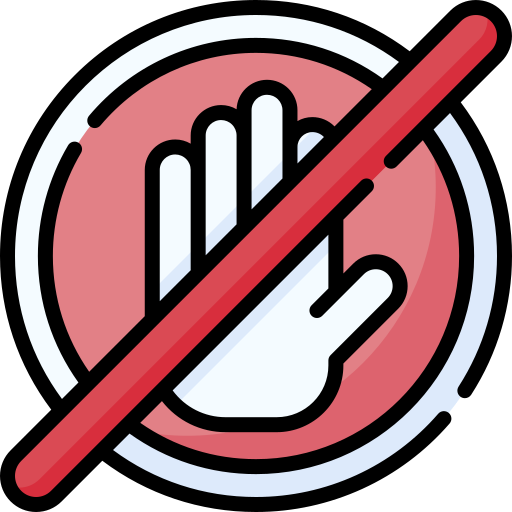 Example: You don’t try out for a play because you think you’ll mess up the audition, even though you secretly want to try acting.
Example: You don’t try out for a play because you think you’ll mess up the audition, even though you secretly want to try acting.
Giving up quickly or waiting for others to solve your problems
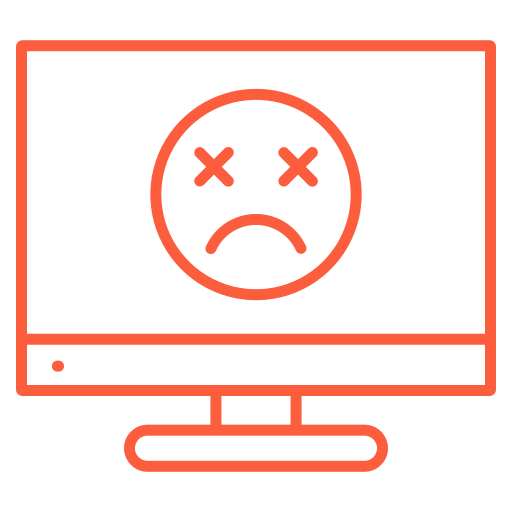 Example: You try solving a math problem, get it wrong once, and immediately say, “I’m just bad at math,” and stop trying or immediately ask your teacher to give you the answer.
Example: You try solving a math problem, get it wrong once, and immediately say, “I’m just bad at math,” and stop trying or immediately ask your teacher to give you the answer.
Quiz
Imagine your brain is a playlist. Which track sounds like learned helplessness?
Take Action
All the adversity I've had in my life, all my troubles and obstacles, have strengthened me. You may not realize it when it happens, but a kick in the teeth may be the best thing in the world for you.
— Walt Disney
It’s in our nature to exaggerate failures and overlook our successes. If you notice signs of learned helplessness, you can use that to make an intentional change in how you respond and act.
Positive thinking, fostered through learned hopefulness and a growth mindset, can unlock your strength and help you take action, rather than being paralyzed by the fear of failure.
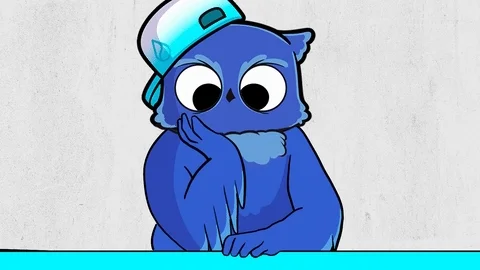
Your feedback matters to us.
This Byte helped me better understand the topic.
